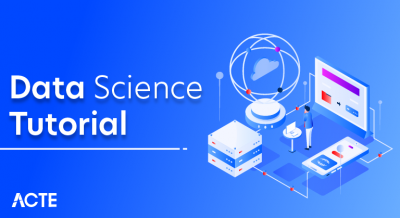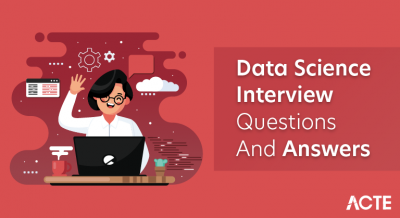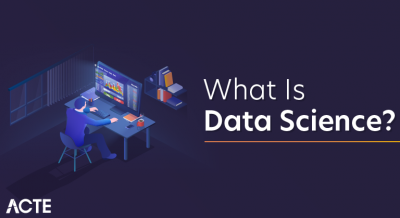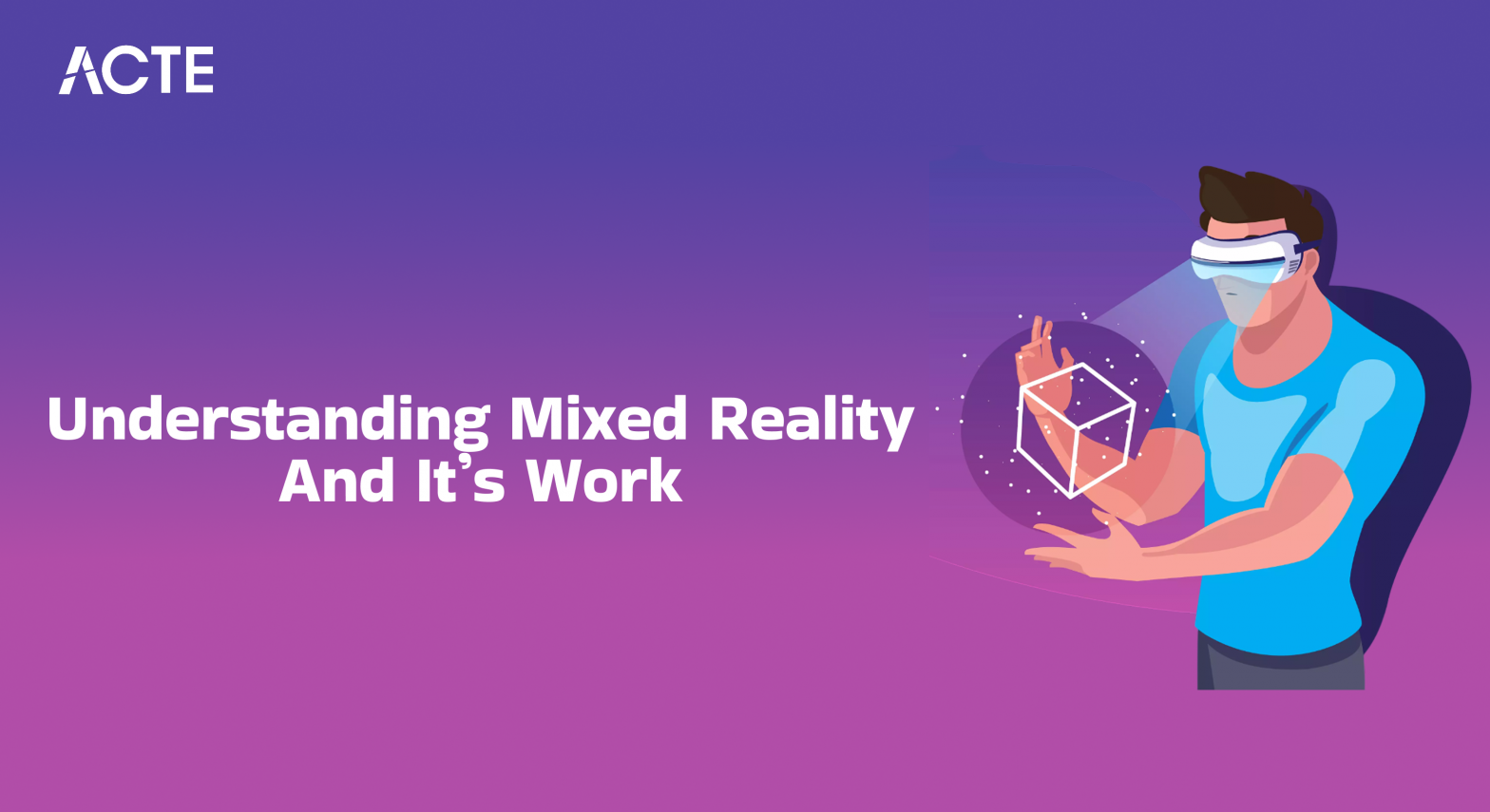
- Introduction to Mixed Reality (MR)
- Difference Between VR, AR, and MR
- Key Technologies Behind Mixed Reality
- MR Devices and Hardware Overview
- Applications of Mixed Reality in Healthcare
- Mixed Reality in Gaming and Entertainment
- MR in Education and Training
- Challenges in Mixed Reality Development
- Future Trends in Mixed Reality
- Role of AI in Enhancing Mixed Reality
- MR in Industrial and Manufacturing Sectors
- Future of Mixed Reality in Daily Life
Introduction to Mixed Reality (MR)
Mixed Reality (MR) is an advanced technology that merges Augmented Reality (AR) and Virtual Reality (VR) to create an immersive experience, allowing digital and physical environments to interact in real-time. Unlike traditional AR or VR, MR seamlessly blends virtual objects with the real world, enabling users to engage with digital elements as if they existed in their physical surroundings. This technology is already being used across various industries, including gaming, healthcare, education, and manufacturing. In gaming, MR offers new levels of interactivity and immersion, while in healthcare, it aids in training, diagnostics, and therapy. In education, MR provides interactive learning experiences, and in manufacturing, it enhances design, prototyping, and remote assistance. With its ability to integrate both virtual and physical elements in real-time, MR is transforming how we work, learn, and play, positioning itself as one of the most promising technological advancements of the 21st century with the potential to revolutionize numerous sectors. For those looking to expand their skills in this rapidly evolving field, Data Science Training offers valuable insights and expertise to harness the power of data in the context of Mixed Reality.
Would You Like to Know More About Data Science? Sign Up For Our Data Science Course Training Now!
Difference Between VR, AR, and MR
While AR, VR, and MR are often confused with one another, they serve distinct purposes:
- Virtual Reality (VR): Creates a fully immersive digital experience where users are completely cut off from the real world. VR is commonly used in gaming, simulations, and virtual training environments.
- Augmented Reality (AR): Overlays digital elements onto the real world using devices like smartphones, tablets, and AR glasses. AR enhances reality but does not interact deeply with it.
- Mixed Reality (MR):Goes beyond AR by allowing digital elements to interact dynamically with the real world. MR enables users to manipulate virtual objects as if they were part of their environment, providing a richer and more interactive experience.
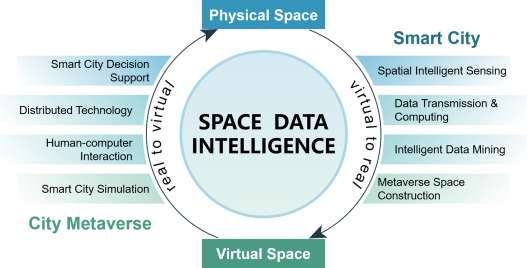
Key Technologies Behind Mixed Reality
Mixed Reality (MR) relies on a combination of advanced technologies to function effectively, each playing a crucial role in enhancing the user experience. Artificial Intelligence (AI) enhances MR by enabling object recognition, voice commands, and personalized interactions, making the system more intuitive and responsive to user needs. Computer Vision allows MR systems to understand and map physical spaces, enabling virtual objects to interact seamlessly within those environments. Spatial Mapping and Anchoring are essential for ensuring that digital objects maintain their positions relative to the real world and interact naturally with physical elements in the environment. Gesture and Voice Recognition enable hands free interaction by tracking user movements and processing voice commands, making the experience more fluid and immersive. Understanding how these technologies process and analyze data is critical this is where What is Data Science becomes especially relevant, offering insights into the principles behind data handling and decision-making in MR systems. Cloud Computing and Edge Computing are vital for handling the immense data requirements of MR applications, allowing efficient data processing, storage, and real-time responsiveness. Lastly, Haptic Feedback adds a layer of tactile sensation to the experience, enabling users to “feel” virtual objects, which significantly enhances the sense of immersion and realism. Together, these technologies work in harmony to create a seamless and interactive Mixed Reality environment, pushing the boundaries of how users interact with both digital and physical worlds.
MR Devices and Hardware Overview
Several advanced MR devices are available in the market today, offering unique capabilities:
- Microsoft HoloLens: A leading MR headset that provides high-quality holographic projections and enterprise applications.
- Magic Leap One: A wearable headset that blends virtual objects with the real world, offering applications in healthcare and education.
- Meta Quest Pro: A hybrid device supporting both VR and MR applications, offering interactive and immersive experiences.
- Snapchat Spectacles and Nreal Light: Wearable smart glasses that bring MR to everyday consumer applications.
- Project Cambria (Meta): An upcoming device promising high-end MR functionalities for business and gaming applications.
Do You Want to Learn More About Data Science? Get Info From Our Data Science Course Training Today!
Applications of Mixed Reality in Healthcare
Mixed Reality (MR) is transforming the healthcare industry in numerous groundbreaking ways. In Surgical Training and Assistance, MR headsets allow surgeons to visualize internal organs and guide operations with unparalleled precision, improving patient outcomes. For Medical Education, MR enables medical students to explore 3D anatomical models interactively, enhancing their understanding of human anatomy. In Remote Consultations, MR interfaces allow physicians to diagnose and interact with patients from a distance, breaking down geographical barriers and improving access to care. MR is also being utilized in Pain Management and Therapy, where immersive MR experiences help reduce pain perception and provide therapeutic interventions, offering patients an alternative approach to pain relief. As MR solutions become more data-driven, the role of leading analytics providers becomes increasingly important many of which are highlighted among the Top Data Science Companies in India. Additionally, in Rehabilitation and Physical Therapy, MR-based exercises are helping patients recover from injuries by offering interactive and engaging rehabilitation programs, ensuring better adherence and more effective recovery. Through these applications, MR is revolutionizing how healthcare professionals train, diagnose, and treat patients, enhancing both medical education and patient care.
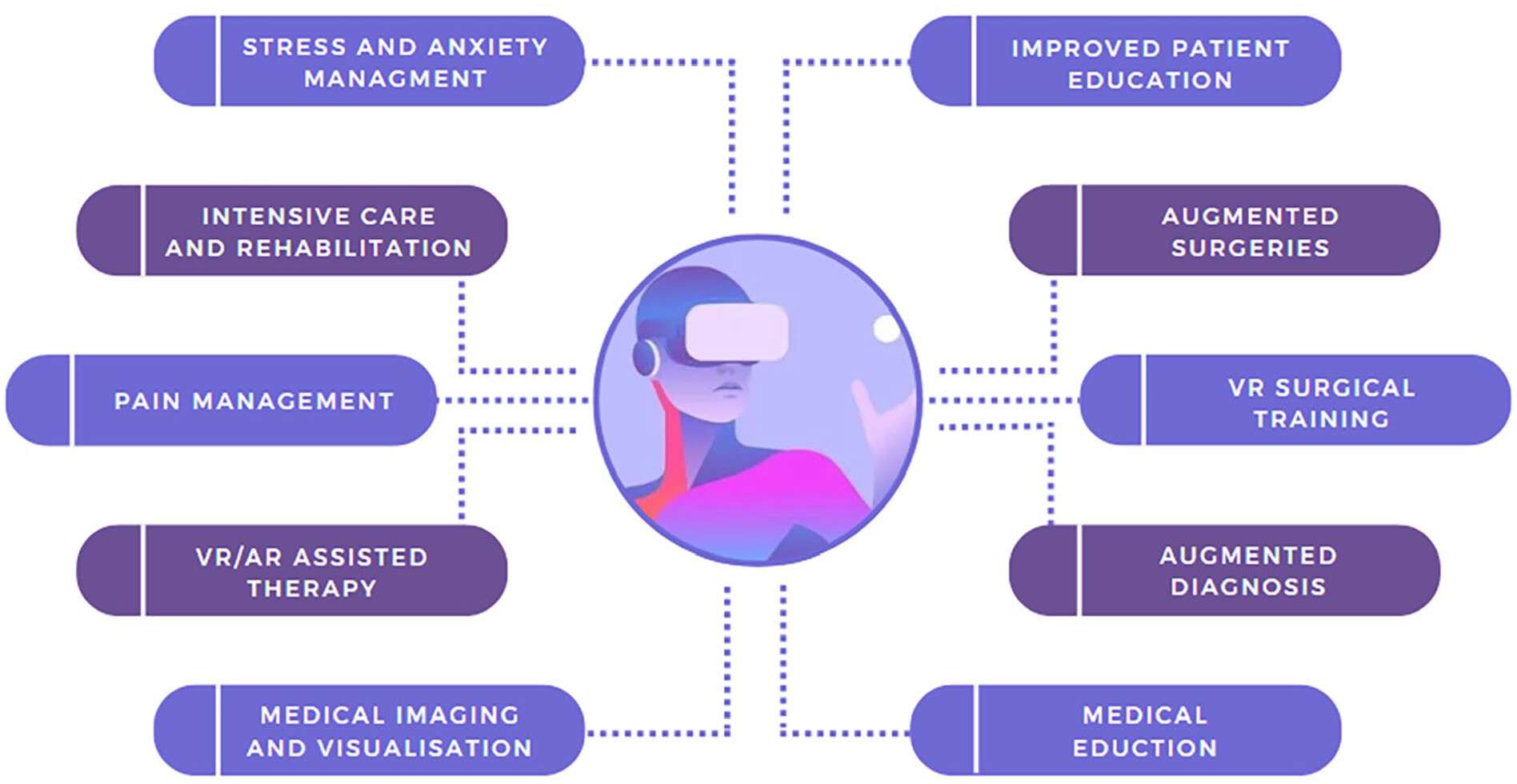
Mixed Reality in Gaming and Entertainment
Gaming is one of the biggest beneficiaries of MR technology:
- Enhanced Gameplay: MR allows players to interact with digital characters and objects in their real environment.
- Live-Action Role-Playing (LARP): Gamers can engage in real-time, interactive storytelling with MR elements.
- Immersive Theme Parks and Attractions: MR is being used to create interactive rides and entertainment experiences.
- Social MR Gaming: Enables players from different locations to interact within the same mixed-reality environment.
- Esports and Live Streaming: MR enhances esports events by providing real-time 3D visualizations and data overlays.
MR in Education and Training
The education and training sectors are increasingly adopting Mixed Reality (MR) to provide enhanced and immersive learning experiences. In Immersive Classrooms, MR allows students to explore historical events, scientific concepts, and even space simulations, making abstract topics more tangible and engaging. For Corporate Training, businesses utilize MR to offer hands-on training in industries such as manufacturing, aviation, and medical procedures, enabling employees to gain practical experience in a safe and controlled environment. In Skill Development, MR provides an interactive platform for vocational training and technical skills enhancement, allowing learners to practice in realistic, simulated settings. MR also supports Remote Learning by offering engaging educational experiences that bridge the gap between physical and digital classrooms, ensuring that students can access high-quality education from anywhere. Additionally, Interactive Storytelling powered by MR makes literature and history lessons more dynamic, turning traditional storytelling into an engaging, immersive experience that captures students’ imaginations. Through these applications, MR is revolutionizing how knowledge is imparted and skills are developed, providing richer, more interactive learning environments. Complementing these advancements, Data Science Training equips learners with essential analytical skills to better understand and leverage MR technologies in educational and training contexts.
Want to Pursue a Data Science Master’s Degree? Enroll For Data Science Masters Course Today!
Challenges in Mixed Reality Development
Despite its immense potential, MR faces several challenges:
- High Development Costs: Building MR applications requires significant investment in hardware and software.
- Hardware Limitations: Current MR headsets are expensive and may not be widely accessible to consumers.
- User Experience Issues: Motion sickness, eye strain, and calibration issues remain concerns.
- Data Privacy and Security: MR collects vast amounts of user data, raising privacy concerns.
- Standardization Issues: Lack of universal standards for MR content creation and hardware integration.
- Smart Object Recognition: AI enables MR systems to identify and interact with real-world objects.
- Natural Language Processing (NLP): Allows MR interfaces to process voice commands and improve user interaction.
- Personalized MR Experiences: AI tailors MR applications based on user preferences and behaviors.
- Gesture Recognition: AI-powered hand-tracking enhances MR interaction without physical controllers.
- Real-Time Adaptive Environments: AI-driven MR applications dynamically adjust virtual elements based on user input.
Future Trends in Mixed Reality
Mixed Reality (MR) is evolving rapidly, with several key trends shaping its future. One major development is 5G Integration, where faster network speeds will enhance MR experiences by reducing latency, allowing for smoother and more responsive interactions. AI-Powered MR is another trend, as machine learning algorithms will improve object recognition, scene understanding, and enable adaptive interactions, making MR environments more intuitive and intelligent. The rise of Wearable MR Devices, particularly lightweight and affordable smart glasses, will drive widespread adoption by making MR more accessible to consumers and businesses alike. In understanding the impact and relationships between these technological advancements, concepts like Essential Data Scientist Skills for Success become increasingly relevant, offering insights into how different variables in MR development are interconnected. In the business sector, Enterprise MR Solutions will gain traction as companies increasingly use MR for remote collaboration and productivity enhancement, providing employees with more efficient ways to work together across distances. Lastly, Blockchain in MR could lead to the emergence of secure and decentralized MR applications, offering privacy-focused experiences that protect user data and ensure secure interactions. These trends are setting the stage for a future where MR becomes an integral part of daily life and business operations.
Role of AI in Enhancing Mixed Reality
AI is playing a crucial role in advancing MR technology:
MR in Industrial and Manufacturing Sectors
Industries and manufacturing sectors are increasingly leveraging Mixed Reality (MR) to enhance efficiency and productivity across various operations. In Remote Assistance, MR enables experts to guide workers remotely by providing real-time instructions, ensuring tasks are completed accurately and efficiently. For Product Design and Prototyping, MR allows engineers to create and modify digital prototypes before physical production, reducing errors and speeding up the design process. In Maintenance and Repairs, MR-powered guides assist technicians in performing complex repairs by offering visual instructions, improving precision and reducing downtime. As innovation in MR continues to grow, participating in events like Top Data Science Hackathons can help professionals and enthusiasts explore creative data-driven solutions that enhance industrial applications. MR also plays a vital role in Supply Chain Optimization by enhancing inventory management and logistics tracking, ensuring smoother operations and better resource allocation. Additionally, in Safety Training, MR-based simulations allow workers to practice hazardous procedures in a controlled, virtual environment, ensuring safety without the risk of injury. Through these applications, MR is transforming how industries operate, driving greater productivity, safety, and innovation.
Future of Mixed Reality in Daily Life
Mixed Reality (MR) is poised to become an integral part of daily life, transforming a variety of sectors and enhancing everyday experiences. In Smart Homes and MR Interfaces, MR will provide intuitive control systems that allow users to interact with their homes more seamlessly, offering advanced automation and convenience. In Retail and Shopping, MR will enable virtual try-ons, interactive store displays, and personalized shopping experiences, making shopping more engaging and customized. Virtual Socialization through MR will redefine online communication and networking by providing immersive, lifelike interactions that go beyond traditional video calls. In Fitness and Well-being, MR applications will offer personalized workout programs and mental wellness exercises, helping users maintain both physical and mental health in innovative ways. In Travel and Tourism, MR-powered virtual travel experiences and interactive city guides will enhance exploration by allowing users to virtually visit destinations and navigate cities before they even arrive. With continuous advancements in technology, including more accessible hardware and deeper AI integration, MR is set to revolutionize various aspects of our lives, from work and education to entertainment and social interaction. As this transformation unfolds, gaining skills through Data Science Training can empower individuals to better understand, analyze, and contribute to the MR-driven digital future.


